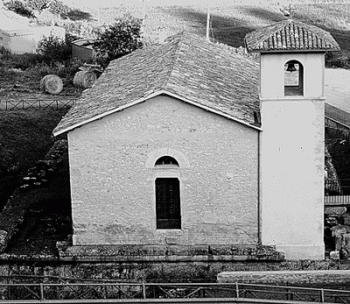American Journal of Archaeology | The Journal of the Archaeological Institute of America
You are here
The Language of Etrusco-Italic Architecture: New Perspectives on Tuscan Temples
July 2008 (112.3)
The Language of Etrusco-Italic Architecture: New Perspectives on Tuscan Temples
One detail of the so-called Tuscan temple is the Etruscan round molding, known from Etruria and monuments in Rome. The earliest preserved example (sixth century B.C.E.) comes from San Omobono in Rome, followed by Satricum, Pyrgi, Ardea, and Tarquinia through the fourth century B.C.E. As Rome expanded its political interests in the third century B.C.E., newly founded colonies were equipped with major temples (Capitolia) that had a Tuscan plan and often Etruscan round moldings (Sora, Isernia). Beginning in the second century B.C.E., new construction or remodeling of temples often displayed parallel traditions, including a Roman cyma reversa (Paestum) or an Etruscan round podium molding (Cosa). The presence of the Etruscan round moldings is not arbitrary. Only when Rome establishes its own architectural language through the cyma reversa molding do we see that it has shed its dependence on the past and reached its own goals, political as well as architectural.
The Language of Etrusco-Italic Architecture: New Perspectives on Tuscan Temples
By Ingrid Edlund-Berry
American Journal of Archaeology Vol. 112, No. 3 (July 2008), pp. 441–447
DOI: 10.3764/aja.112.3.441
© 2008 Archaeological Institute of America


